#james ellroy
Text

The Black Dahlia by James Ellroy, cover by Stephen Peringer (1988)
96 notes
·
View notes
Text

Réquiem por Brown - James Ellroy
#frases#libro#libros#amor#citas#frases de libros#books#leer#citas de libros#réquiem por Brown#james ellroy
97 notes
·
View notes
Text




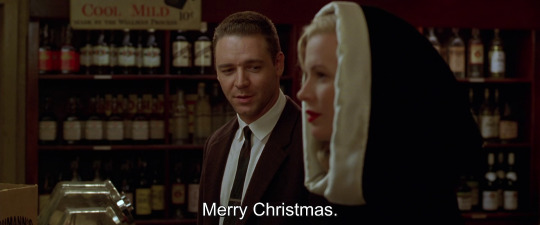

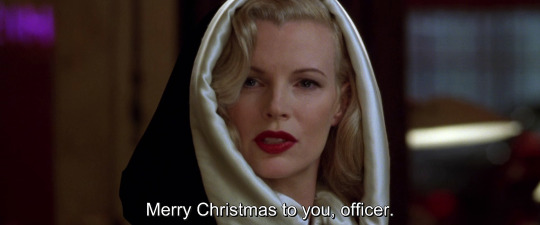

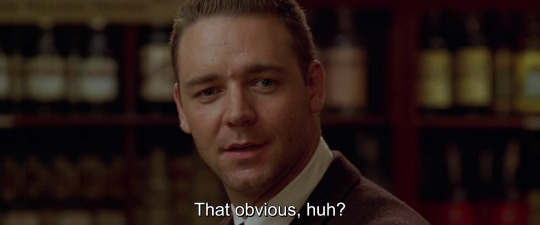

L.A. Confidential (Curtis Hanson, 1997).
44 notes
·
View notes
Text
I'm reading The Big Nowhere and am utterly incapable of not seeing Dudley Smith as James Donnelly from La Noire. The casting is so perfect that I keep expecting Ellroy to describe his brown, polygonal suit and untextured hair.


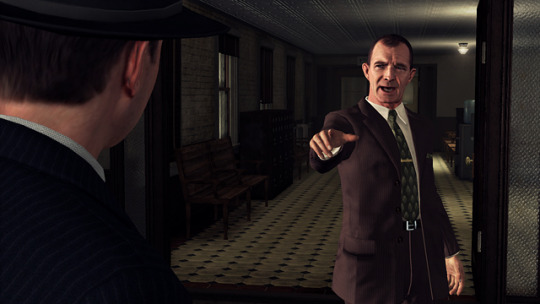
I mean, clearly La Noire is a big Ellroy pastiche anyway, but consuming all this media out of order has poisoned my brain. I saw Ellroy speak at a signing one time and I'm confident that he would slap me in the mouth for confusing video games with his slur filled works of cop lit.
7 notes
·
View notes
Photo
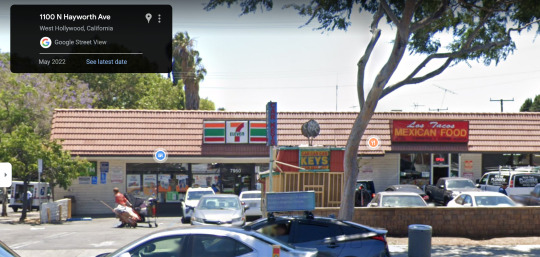


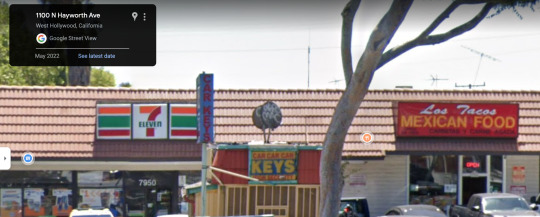



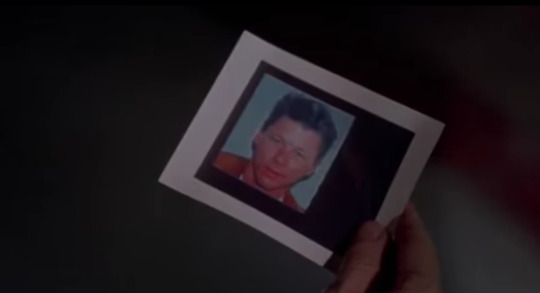
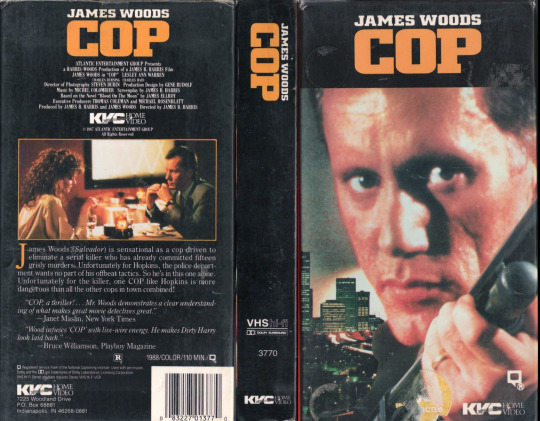


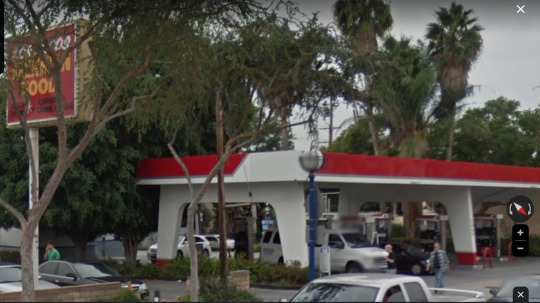



7954 Santa Monica Blvd looks exactly the same today as it did in the movie Cop (1988)
30 notes
·
View notes
Text
"THE BLACK DAHLIA" (2006) Review
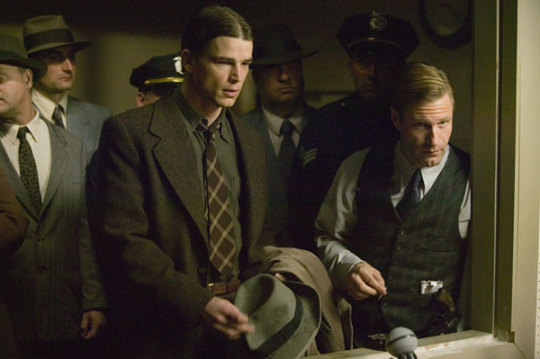
"THE BLACK DAHLIA" (2006) Review
Judging from the reactions among moviegoers, it seemed quite obvious that director Brian DePalma’s adaptation of James Ellroy’s 1987 novel had disappointed them. The ironic thing is that I do not share their feelings.
A good number of people – including a relative of mine – have told me that they had expected "THE BLACK DAHLIA" to be a docudrama of the infamous 1947 murder case. Others had expected the movie to be an epic-style crime drama similar to the 1997 Academy Award winning film, "L.A. CONFIDENTIAL" - another Ellroy adaptation. ”THE BLACK DAHLIA” proved to be neither for many fans. For me, it turned out to be an entertaining and solid film noir that I enjoyed.
Told from the point-of-view of Los Angeles Police detective Dwight “Bucky” Bleichert (Josh Harnett), ”THE BLACK DAHLIA” told the story of how the January 1947 murder of Hollywood star wannabe, Elizabeth Short aka “The Black Dahlia” (Mia Kershner) affected Bleichert’s life and the lives of others close to him – especially his partner, Lee Blanchard (Aaron Eckhart). The story began over three years before Short’s murder when Bleichert saved Blanchard’s life during the Zoot Riots in 1943. After World War II, the pair (who also happened to be celebrated local boxers) participated in an inter-departmental boxing match to help raise support for a political bond issue that will increase pay for the LAPD, but with a slight tax increase. Although Bleichert lost the match, both he and Blanchard are rewarded by Assistant District Attorney Ellis Loew (Patrick Fischler) with promotions and transfers to the Warrants Department and the pair became partners. Bleichert not only became partners and friends with Blanchard, he also became acquainted with Blanchard’s live-in girlfriend, a former prostitute and artist named Kay Lake (Scarlett Johansson). Although Bleichert fell in love with Kay, he kept his feelings to himself, due to his relationship with Blanchard. Thanks to Blanchard’s penchant for publicity, the two partners eventually participated in the murder investigation of Elizabeth Short (nicknamed the Black Dahlia). The case not only led the pair to a rich young playgirl named Madeleine Linscott (Hillary Swank) and her family, but also into a world of prostitution, pornography, lesbian nightclubs and the dark underbelly of Hollywood life.
Written by James Ellroy and originally published in 1987, ”The Black Dahlia” became the first of four novels about the Los Angeles Police Department in the post-World War II era (”L.A. Confidential” was the third in the quartet). In my opinion, it was the best in Ellroy’s L.A. Quartet. I believe that it translated quite well to the movie screen, thanks to DePalma’s direction and Josh Friedman’s screenplay. Like the movie ”L.A. CONFIDENTIAL”, ”THE BLACK DAHLIA” turned out to be superior to its literary version. Not only did DePalma and Friedman’s screenplay recapture the ambiance of the novel’s characters and 1940s Los Angeles setting, the plot turned out to be an improvement over the novel. Especially over the latter’s chaotic finale. Despite the improvement, ”THE BLACK DAHLIA” never achieved the epic style and quality of ”L.A. CONFIDENTIAL”. If I must be frank, I really do not care. Movies like the 1997 Oscar winner are rare occurrences of near perfect quality. Just because ”THE BLACK DAHLIA” was another film adaptation of an Ellroy novel, did not mean that I had expected it to become another ”L.A. CONFIDENTIAL”.
Mark Isham’s score for the film did not turn out to be that memorable to me. All I can say is that I am grateful that he did not attempt a remake of Jerry Goldsmith’s scores for ”L.A. CONFIDENTIAL” and ”CHINATOWN”. On the other hand, I was very impressed with Vilmos Zsigmond’s photography for the film. One sequence stood out for me – namely the overhead shot that featured the discovery of Elizabeth Short’s dead body in the Leimert Park neighborhood in Los Angeles. Ironically, part of the movie was shot in Sofia, Bulgaria substituting as 1946-47 Los Angeles. Production Designer Dante Ferretti and Art Director Christopher Tandon did a solid job in disguising Sofia as Los Angeles. But there were a few times when the City of Angels seemed like it was located on the East Coast. And I could spot a few palm trees that definitely looked false. However, I really loved the set designs for Kay’s home and the lesbian nightclub where Bleichert first met Madeline. I loved Jenny Beavan’s costume designs for the film. She did an excellent job of recapturing the clothing styles of the mid-to-late 1940s and designing clothes for particular characters.
One of the movie’s best strengths turned out to be its very interesting characters and the cast of actors that portrayed them. Characters that included the ambitious and sometimes malevolent ADA Ellis Loew, portrayed with great intensity by Patrick Fischler; Rose McGowan’s bitchy and shallow Hollywood landlady/movie extra; Elizabeth Short’s frank and crude father Cleo Short (Kevin Dunn); Mike Starr’s solid portrayal of Bleichert and Blanchard’s immediate supervisor Russ Millard; and Lorna Mertz, the young Hollywood prostitute portrayed memorably by Jemima Rooper. John Kavanagh and Fiona Shaw portrayed Madeline Linscott’s parents – a Scottish-born real estate magnate and his alcoholic California society wife. Kavanagh was charming and fun in a slightly corrupt manner, but Shaw hammed it up in grand style as the alcoholic Ramona Linscott. I doubt that a lesser actress could have pulled off such a performance.
Not only were the supporting characters memorable, so were the leading characters, thanks to the performances of the actors and actresses that portrayed them. I was very impressed by Mia Kershner’s portrayal of the doomed Elizabeth Short. She managed to skillfully conveyed Short’s desperation and eagerness to become a Hollywood movie star in flashbacks shown in the form of black-and-white audition clips and a pornographic film clip. At first, I found Scarlett Johansson as slightly too young for the role of Kay Lake, the former prostitute and artist that both Bleichert and Blanchard loved. She seemed a bit out of her depth, especially when she used a cigarette holder to convey her character’s sophistication. Fortunately, Johansson had ditched the cigarette holder and Kay’s so-called sophistication and portrayed the character as a warm and pragmatic woman, who turned out to be more emotionally mature than the other characters. I found Aaron Eckhart’s performance as the passionate, yet calculating Lee Blanchard great fun to watch. He seemed funny, sharp, verbose, passionate and rather manic all at once. There were times when his character’s growing obsession toward the Black Dahlia case seemed to border on histrionics. But in the end, Eckhart managed to keep it all together. Another performance I truly enjoyed was Hillary Swank’s portrayal of the sensual, rich playgirl Madeline Linscott. Just by watching Swank on screen, I got the impression that the actress had enjoyed herself playing Madeline. I know I had a ball watching her reveal the charming, yet dark facets of this interesting character.
Ellroy’s novel had been written in the first person – from the viewpoint of LAPD detective, Dwight “Bucky” Bleichert. Which meant that the entire movie had to focus around the actor who portrayed Bleichert. I once heard a rumor that Josh Harnett became interested in the role before casting for the movie actually began. In the end, many critics had either dismissed Hartnett’s performance or judged him incapable of portraying a complex character. Personally, I found their opinions hard – even impossible – to accept. For me, Harnett did not merely give a first-rate performance. He ”was” Dwight “Bucky” Bleichert. One must understand that Bleichert was a difficult role for any actor – especially a non-showy role that also had to keep the story together. Throughout the movie, Harnett, DePalma’s direction and Friedman’s script managed to convey the many complexities of Bleichert’s personality without being overtly dramatic about it. After all, Dwight was basically a quiet and subtle character. Harnett portrayed the character’s growing obsession with both the Black Dahlia case and Madeline Linscott without the manic and abrupt manner that seemed to mark Blanchard’s obsession. You know what? I really wish I could say more about Harnett’s performance. But what else can I say? He perfectly hit every nuance of Bleichert’s personality. I personally believe that Dwight Bleichert might be his best role to date.
I wish I could explain or even understand why ”THE BLACK DAHLIA” had flopped at the box office. Some have complained that the film had failed to match the epic qualities of ”L.A. CONFIDENTIAL”. Others have complained that it failed as a docudrama that would solve the true life murder of Elizabeth Short. And there have been complaints that Brian DePalma’s editing of a film that was originally three hours ruined it. I had never expected the movie to become another ”L.A. CONFIDENTIAL” (which did a mediocre job at the box office) – a rare case of near Hollywood perfection. I really do not see how a three hour running time would have helped ”THE BLACK DAHLIA”. It was a complex story, but not as much as the 1997 film. Hell, the novel was more straightforward than the literary L.A. Confidential”. And since the Hollywood publicity machine had made it clear that the movie was a direct adaptation of the novel, I found the argument that ”THE BLACK DAHLIA” should have been a docudrama that would solve Short’s murder rather ludicrous. Since I had read the novel back in the late 90s, I simply found myself wondering how DePalma would translate it to the movie screen.
In the end, I found myself more than satisfied with ”THE BLACK DAHLIA”. It possessed a first-rate cast led by a superb performance from Josh Harnett. Screenwriter Josh Friedman’s screenplay turned out to be a solid job that slightly improved Ellroy’s novel – especially the finale. And director Brian DePalma did an excellent job of putting it all together. I highly recommend it – if one does not harbor any high expectations.

#brian de palma#the black dahlia#the black dahlia 2006#elizabeth short#los angeles history#james ellroy#josh harnett#scarlett johansson#aaron eckhart#hilary swank#mia kirshner#mike starr#richard blake#jemima rooper#fiona shaw#john kavanaugh#rose mcgowan#kevin dunn#old hollywood#period drama#period dramas#costume drama
19 notes
·
View notes
Text

American Tabloid by James Ellroy (1995)
3 notes
·
View notes
Text
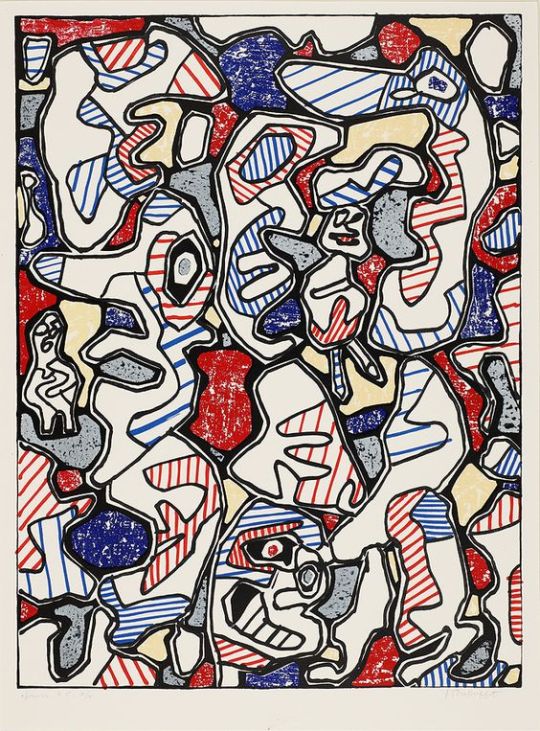
“Some people don’t respond to civility.”
James Ellroy, The Black Dahlia, 1987
* Jean Dubuffet, Samedi Tantot, 1964
21 notes
·
View notes
Video
youtube
James Ellroy - April 12, 2018
On April 14, 2018, the Film Noir Foundation bestowed its Modern Noir Master award on author James Ellroy during NOIR CITY: Hollywood. No artist of recent times has been more influential in bringing a truly noir vision of America into the cultural mainstream through bestselling novels such as The Black Dahlia, White Jazz, and American Tabloid, haunting and harrowing memoirs My Dark Places and The Hilliker Curse, and the many (not always successful) screen adaptations of his stories. It was for a screening of the best of these—L. A. Confidential (1997)—that Ellroy returned to Hollywood's Egyptian Theatre to accept the FNF's award from Eddie Muller. In a raucous, ribald, and sometimes controversial conversation with the Czar of Noir, Ellroy once again proves why he is the self-proclaimed "Demon Dog of American Literature."
#youtube#film noir#noir city#noir city hollywood#james ellroy#eddie muller#l. a. confidential#interview#egyptian theatre#the black dahlia#white jazz#american tabloid#the hilliker case
23 notes
·
View notes
Text
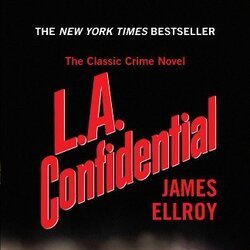


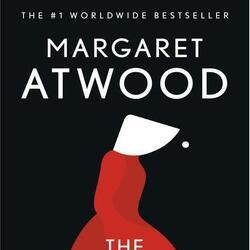
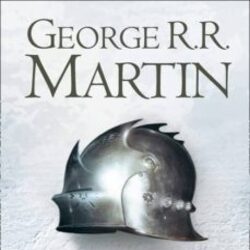
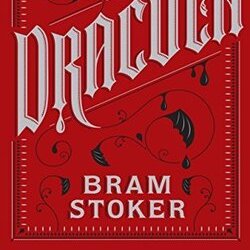

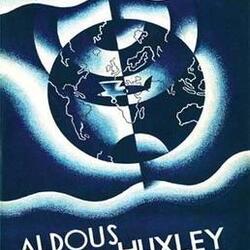

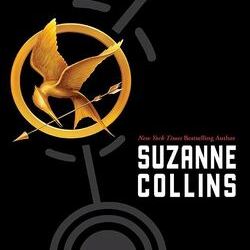
My top 10 books ever
#la confidential#jane eyre#the handmaid's tale#it#a storm of swords#game of thrones#the hunger games#ubik#code to zero#ken follett#brave new world#dracula#margaret atwood#james ellroy
9 notes
·
View notes
Text
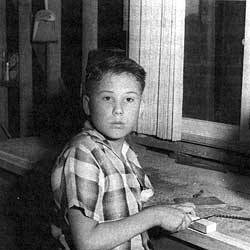
James Ellroy as a boy, photo taken moments after learning about his mother Jean's murder.
I cut my mother down to sound-bite size and packaged her wholesale. I determined the cause of my ruthlessness years later. She owned me. Her claim rankled. I wanted to portray myself as a man above all Oedipal constraints. I had created a fictional Elizabeth Short to usurp my mother’s claim and upstage her. It worked in the novel. It sold a great many books. It left Jean Hilliker still dead on that roadside, unblessed with love.
James Ellroy, "My Mother and the Dahlia" Afterword to The Black Dahlia
#james ellroy#this essay is honestly not so great but so so revealing#the black dahlia#raph.txt#femicide#also mention of rape in the linked article
8 notes
·
View notes
Text
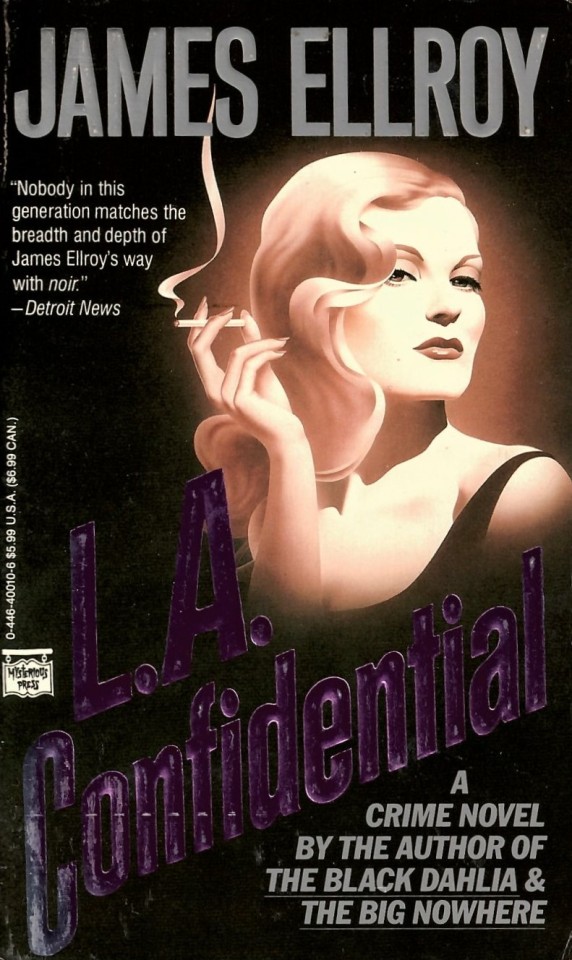
L. A. Confidential by James Ellroy, cover by Stephen Peringer (1991)
#1990s#stephen peringer#james ellroy#Mysterious Press#paperback#vintage#book#mystery#noir#L. A. Confidential
79 notes
·
View notes
Text

Sherlock S01E02 (The Blind Banker)
Book title
Snow Blind (2006) by P. J. Tracy
Fermat's Last Theorem (1998) by Simon Singh
London A-Z (1984)
The Lost Symbol (2009) by Dan Brown
Blood’s a Rover (2009) by James Ellroy
Coutts & Co 1692-1992: The Portrait of a Private Bank (1992) by Edna Healey
The Secrets of Codes: Understanding the World of Hidden Messages (2009) by Paul Lunde
Porcelain Through the Ages (1963) by George Savage
Kickboxing Geishas: How Modern Japanese Women Are Changing Their Nation (2007) by Veronica Chambers
A book about Le Corbusier
When Markets Collide (2008) by Mohamed El-Erian
Miller’s Antiques (1996) by Judith Miller
#sherlock#sherlock season 1#the blind banker#snow blind#p. j. tracy#american literature#books in tv shows#fermat's last theorem#simon singh#london a-z#the lost symbol#dan brown#blood's a rover#james ellroy#coutts & co 1692-1992 the portrait of a private bank#edna healey#the secrets of codes#paul lunde#porcelain through the ages#george savage#kickboxing geishas#veronica chambers#le corbusier#when markets collide#mohadem el-erian#miller's antiques#judith miller
17 notes
·
View notes
Text
Top two vote-getters will move on to the next round. See pinned post for all groups!
#best best adapted screenplay tournament#best adapted screenplay#oscars#academy awards#the lost weekend#charles brackett#billy wilder#charles r. jackson#a room with a view#ruth prawer jhabvala#e.m. forster#l.a. confidential#la confidential#curtis hanson#brain helgeland#james ellroy#the treasure of the sierra madre#john huston#b. traven#the life of emile zola#heinz herald#geza herczeg#norman reilly raine#matthew josephson#poll#bracket tournament#polls#brackets
11 notes
·
View notes
Photo
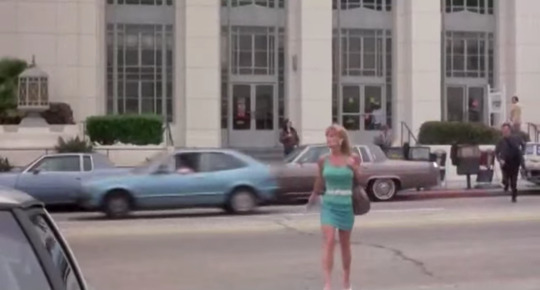


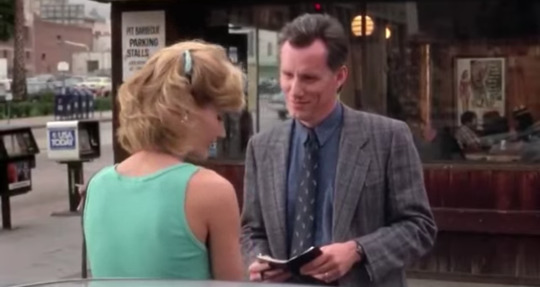


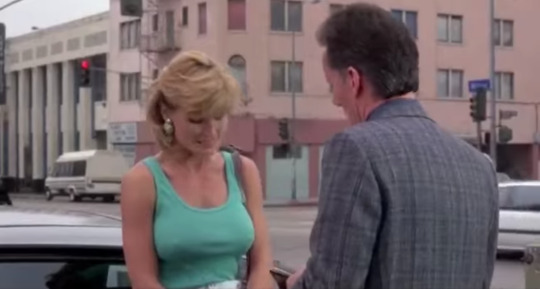

James Ellroy’s Cop (1988) on Wilcox Avenue.
In the background is the Hollywood Post Office (looks the same).
The Mama Shelter building (looks the same),
The Hollywood Citizen News building (looks the same).
A barbecue place at 1608 Wilcox (long gone).
16 notes
·
View notes
